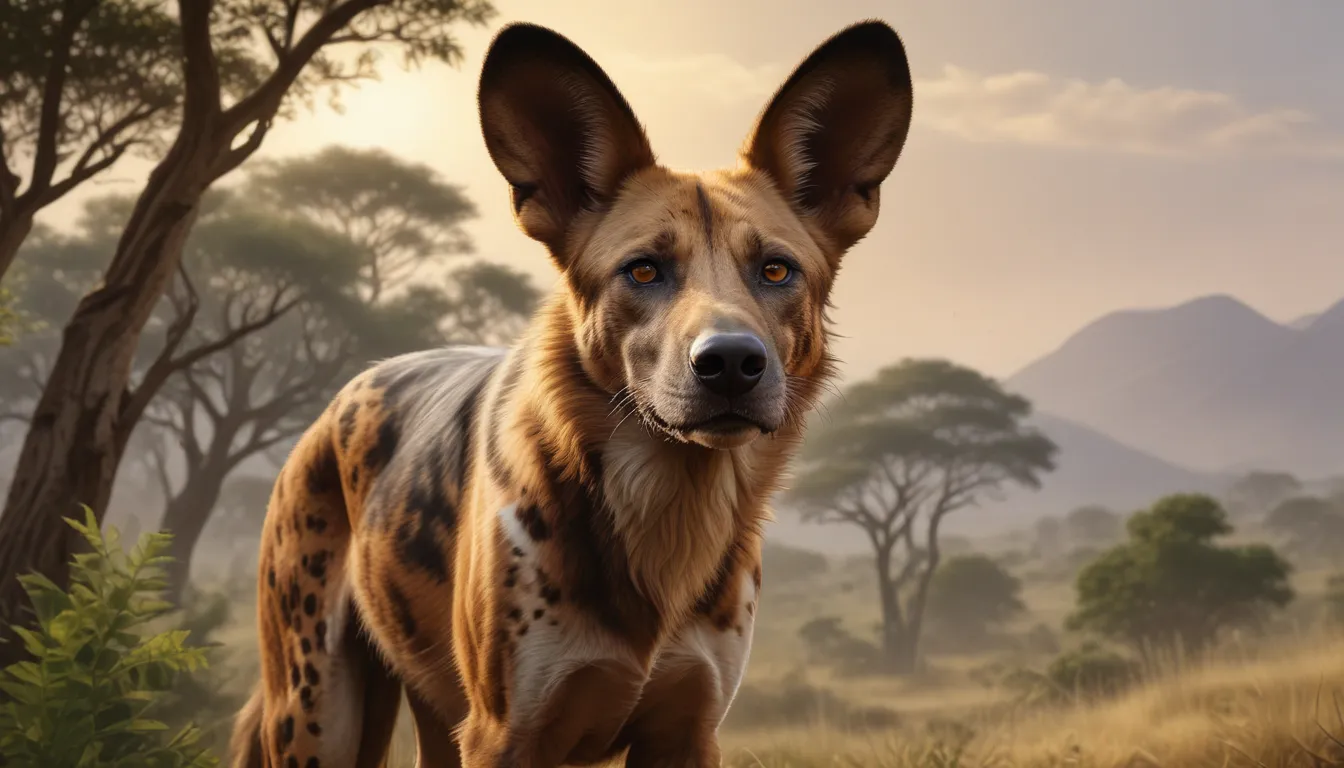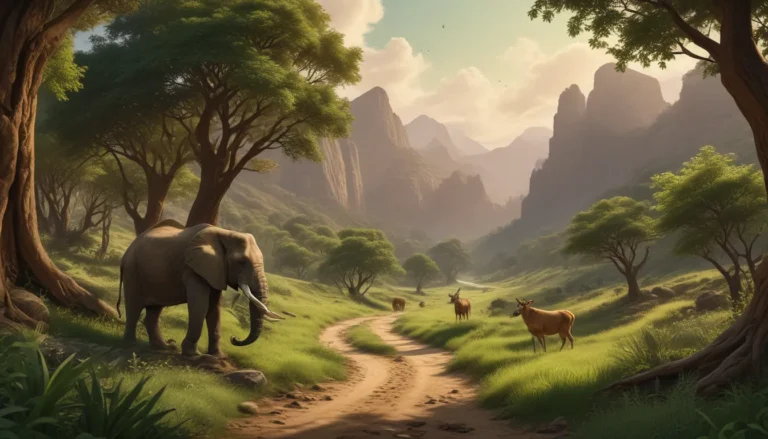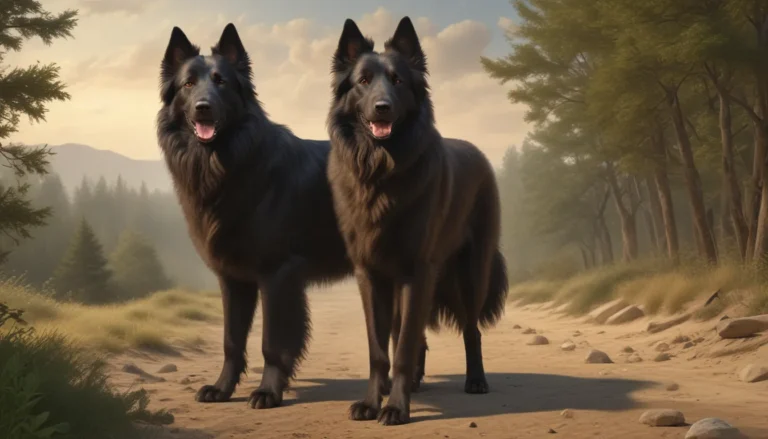The pictures we use in our articles might not show exactly what the words say. We choose these pictures to make you interested in reading more. The pictures work together with the words but don’t take their place. The words still tell you the important facts.
If you have ever been captivated by the charm of wildlife, the African wild dog is sure to pique your interest. These majestic creatures, with their distinctive long legs and irregular fur patterns, are among the most endangered animals on our planet. Despite the challenges they face in the wild, African wild dogs exhibit remarkable social behavior that sets them apart from other species. Join us on a journey as we delve into the fascinating world of African wild dogs and uncover key facts that shed light on their survival in their natural habitat.
Evolution and Habitat
- The African wild dog, scientifically known as Lycaon pictus, is native to Sub-Saharan Africa, where they roam open plains and sparse woodlands.
- They are the only extant members of the genus Lycaon, distinguishing them as a unique species within the canid family.
- With their long legs and big lungs, African wild dogs possess remarkable endurance, allowing them to run long distances without exhaustion.
Social Behavior and Reproduction
- African wild dogs are highly social animals that form close-knit packs, exhibiting cooperative behavior in various aspects of their lives.
- Within the pack, there are separate dominance hierarchies for males and females, with females usually leaving the natal pack once sexually mature.
- The gestation period for African wild dogs is approximately 70 days, with an average litter size of around 10 puppies.
- They reach sexual maturity between 12 to 18 months, enabling them to breed and sustain their populations.
Diet and Predators
- African wild dogs have a hyper-carnivorous diet, with more than 70% of their food intake consisting of meat from various prey animals.
- They prey on a diverse range of animals, including warthogs, gazelles, wildebeest calves, rats, and even birds.
- Lions, hyenas, and humans are the primary predators of African wild dogs, posing significant threats to their survival in the wild.
Conservation Status and Threats
- The African wild dog population has declined significantly over the years, with only 3,000 to 5,000 individuals remaining in the wild.
- Habitat fragmentation, human persecution, and disease outbreaks are the leading causes of their population decline.
- The International Union for Conservation of Nature (IUCN) has classified African wild dogs as critically endangered, highlighting the urgent need for conservation efforts to protect these unique animals.
- Historically, African wild dogs inhabited over 35 countries, but their range has significantly decreased due to human activities and habitat loss.
In conclusion, African wild dogs are truly remarkable creatures that deserve our attention and respect for their resilience and social nature. By learning more about these endangered animals and the challenges they face, we can contribute to their conservation and ensure a future where they continue to roam the African wilderness. Let's celebrate the beauty and uniqueness of African wild dogs and strive to preserve their existence for generations to come.






